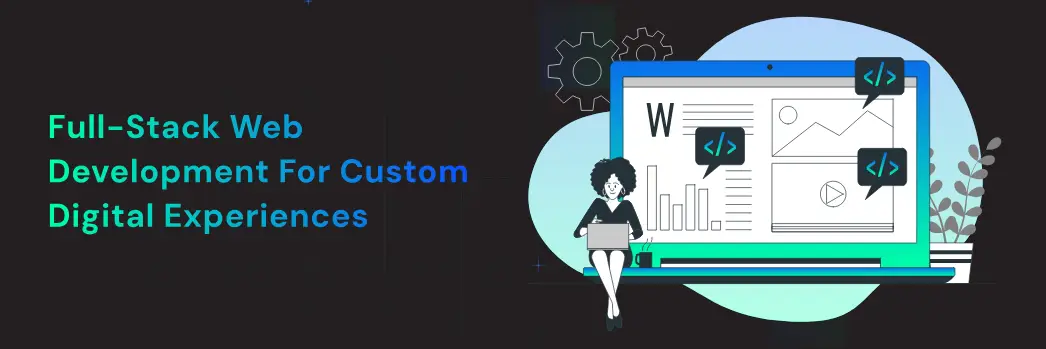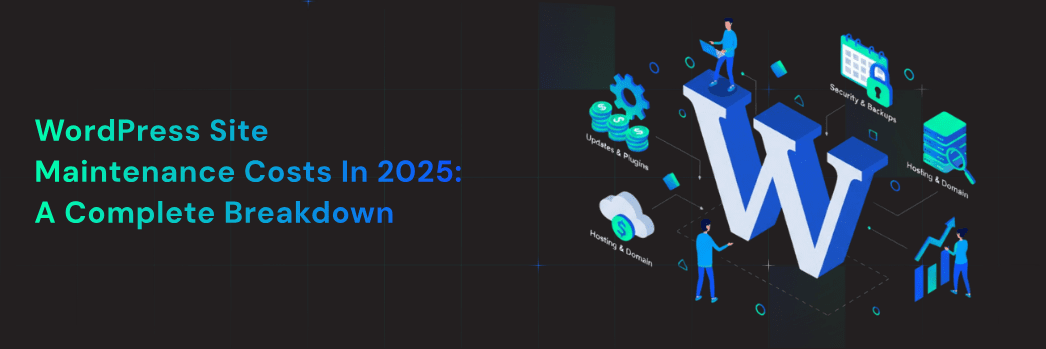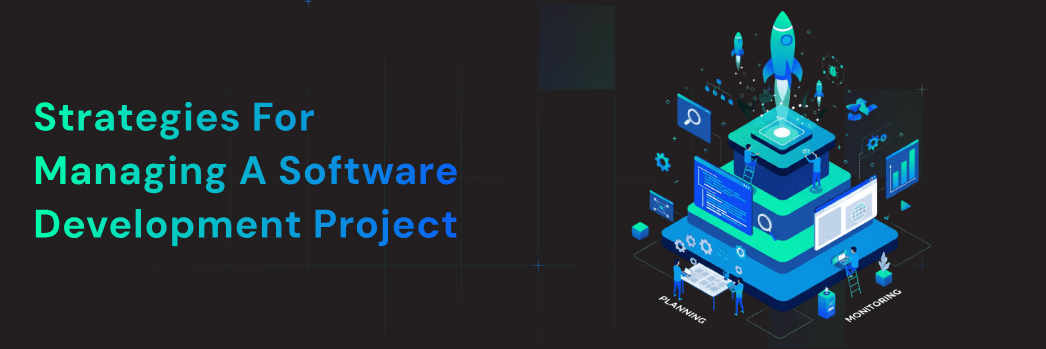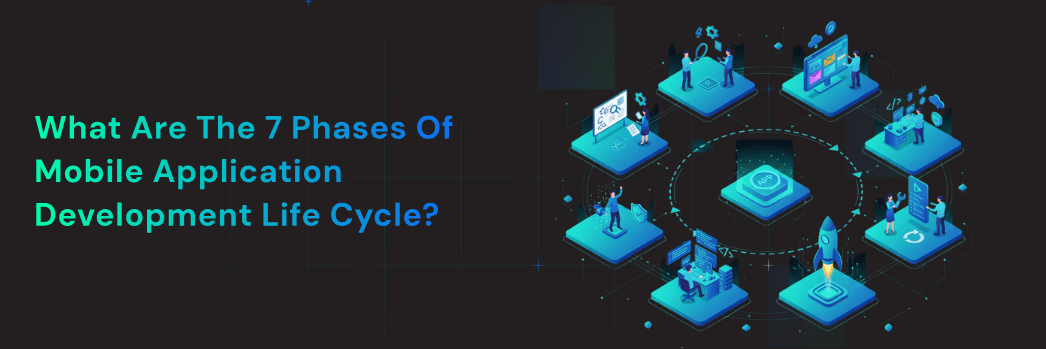Full-Stack Web Development: Building Tailored Digital Solutions for Business Growth
- Miss. Lily
- 2 min read

Customers interact with brands across websites, mobile apps, and web applications every single day, expecting fast, seamless, and engaging experiences. To meet these demands, businesses need more than just a visually appealing website; they need a solution that works flawlessly inside and out.
This is where full-stack web development comes into play. Unlike traditional development approaches where front-end and back-end work are handled separately, full-stack brings together both disciplines to create complete, tailored digital solutions. The result? Businesses get platforms that are scalable, efficient, and customized to their unique goals.
Full-stack web development involves building both the front end (the part users interact with) and the back end (the server, database, and application logic that power the system).
- Front-End (Client-Side)
This is what customers see when they open your website or app—the design, layout, and interactions. Full-stack developers use technologies like HTML, CSS, JavaScript, React.js, or Angular to create intuitive and engaging interfaces. - Back-End (Server-Side)
This is the “engine” behind the scenes. It handles databases, security, and performance. Tools like Node.js, PHP, Laravel, Python, or Ruby on Rails ensure everything runs smoothly. - Database Management
To store customer data, product catalogs, and user activity, full-stack developers integrate robust databases such as MySQL, MongoDB, or PostgreSQL.
By bridging these areas, a full-stack approach ensures that businesses get an end-to-end solution without relying on multiple disconnected teams.
For companies looking to stand out in competitive markets, full-stack development offers a unique advantage: the ability to deliver customized digital experiences aligned with brand identity and customer needs.
Here are the key benefits for businesses:
1. Faster Time-to-Market
Full-stack teams work on both ends simultaneously, reducing delays. Startups and SMEs especially benefit from quick launches of MVPs (Minimum Viable Products) to test new ideas.
2. Cost-Effective Solutions
Hiring one skilled team instead of separate front-end and back-end experts helps businesses save on development costs.
3. Seamless Integration
Front-end and back-end components communicate smoothly, ensuring better performance and fewer technical hiccups.
4. Scalability
As your business grows, your application can easily adapt to handle more users, products, or services without major restructuring.
5. Customization
From unique designs to specialized features, full-stack developers can tailor solutions specifically to your business goals, creating experiences that reflect your brand identity.
When businesses hear “custom digital experience,” they often think about design alone. But the truth is, customization requires a holistic approach that combines creativity with functionality.
Here’s how full-stack development helps achieve that:
- Tailored User Interfaces (UI/UX): Interactive and responsive designs that align with your brand.
- Personalization: By integrating customer data, businesses can offer tailored recommendations, dynamic content, and unique shopping experiences.
- Cross-Device Compatibility: Customers can access your app or site seamlessly on mobile, tablet, or desktop.
- Security and Reliability: Secure coding practices ensure sensitive data (like payment details) remains protected.
Third-Party Integrations: From payment gateways to CRM tools, full-stack solutions can connect with platforms your business already uses.
Full-stack development empowers businesses in multiple industries. Here are some examples:
- E-Commerce: Custom online stores with secure payment systems, inventory management, and personalized product recommendations.
- Healthcare: Telemedicine platforms, patient portals, and appointment booking systems that follow strict compliance standards.
- Fintech: Secure banking and investment apps with real-time analytics and transaction monitoring.
- Education: Interactive learning platforms, online course management, and student dashboards.
- Startups: Rapid MVP development to bring innovative ideas to market faster.
These examples highlight how full-stack solutions adapt to different industries while delivering unique digital experiences.
For many businesses, the question isn’t whether to invest in full-stack development—it’s how to do it effectively. Partnering with a professional full-stack web development company ensures you get access to:
- End-to-End Expertise—From planning and design to deployment and maintenance.
- Tailored Strategy—Solutions that fit your industry, goals, and customer expectations.
- Cross-Industry Insights—Lessons learned from different business sectors.
- Post-Launch Support – Ongoing maintenance, feature updates, and security upgrades.
This partnership model not only reduces technical headaches but also helps businesses focus on their core strengths while leaving the tech side to experts.

The world of digital experiences is evolving rapidly, and full-stack development is evolving with it. Trends shaping the future include:
- AI Integration: Smarter chatbots, predictive analytics, and personalized content delivery.
- Cloud-Native Applications: More scalable and cost-efficient solutions for global businesses.
- Blockchain Security: Enhanced trust and transparency for fintech and e-commerce platforms.
- Progressive Web Apps (PWAs): Mobile-like experiences on the web, accessible even offline.
Businesses that adopt these innovations through full-stack solutions will be better positioned to lead in competitive markets.
Full-stack web development is much more than coding—it’s about building complete, tailored digital solutions that empower businesses to thrive. By combining front-end creativity with back-end power, full-stack developers help brands deliver exceptional customer experiences, drive growth, and stay competitive in an ever-changing digital world.
For companies looking to scale, innovate, and connect with their audience, investing in full-stack web development is the smart move. It’s not just about keeping up with the digital era—it’s about leading it.
Search
Recent Post
- WordPress Site Maintenance Costs in 2025: A Complete Breakdown
- Strategies for Managing a Software Development Project
- What Are the 7 Phases of Mobile Application Development Life Cycle?
- Advantages of Swift Language: Why Should You Build an iOS App with Swift?
- Node.js vs. React.js: Which JavaScript Technology Should Developers Choose?
- UI/UX Design Services – Expert Solutions for Web & Mobile Apps
Categories
- Blog (43)
- Mobile App (7)
- option1 (1)
- option2 (1)
- WordPress (2)



